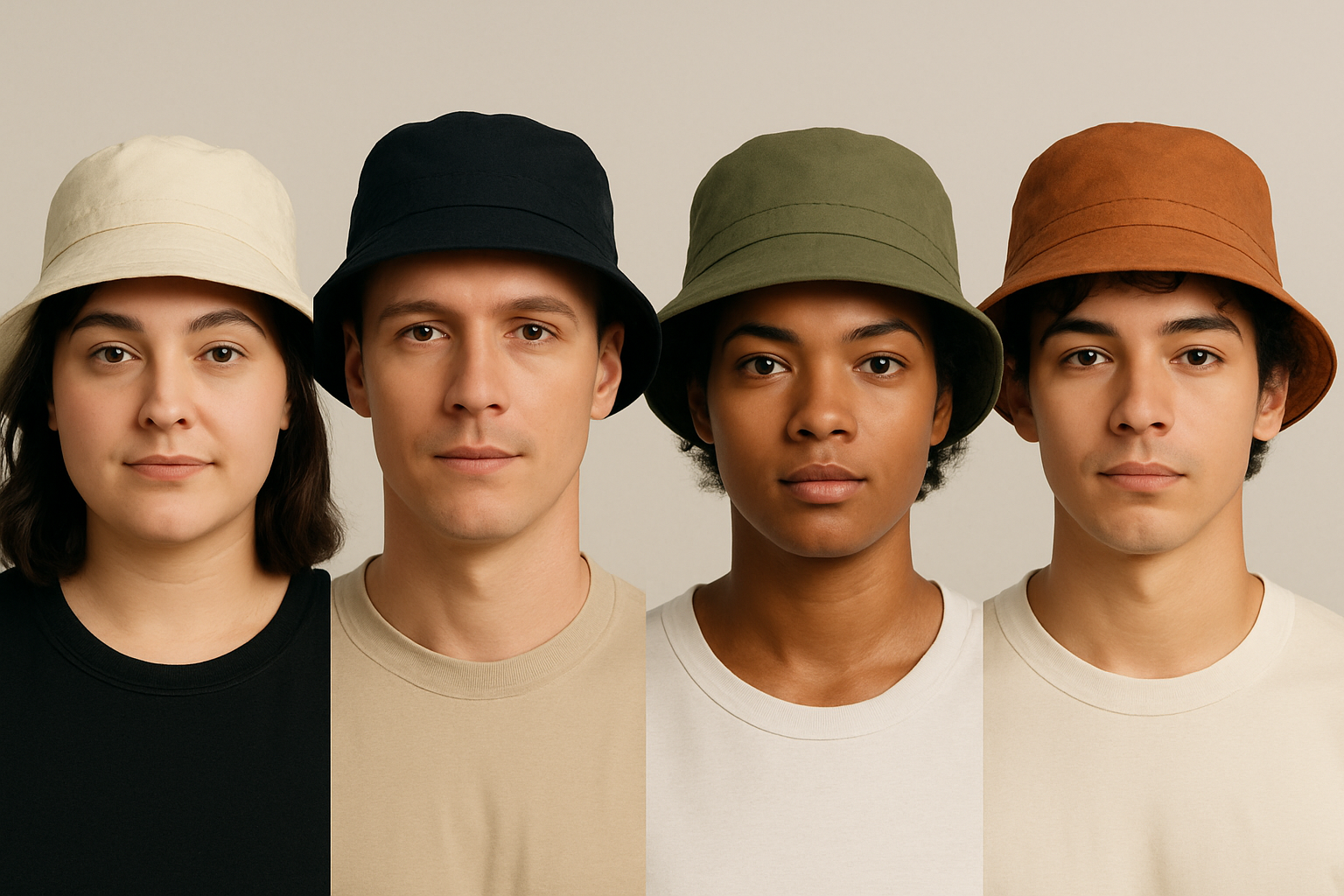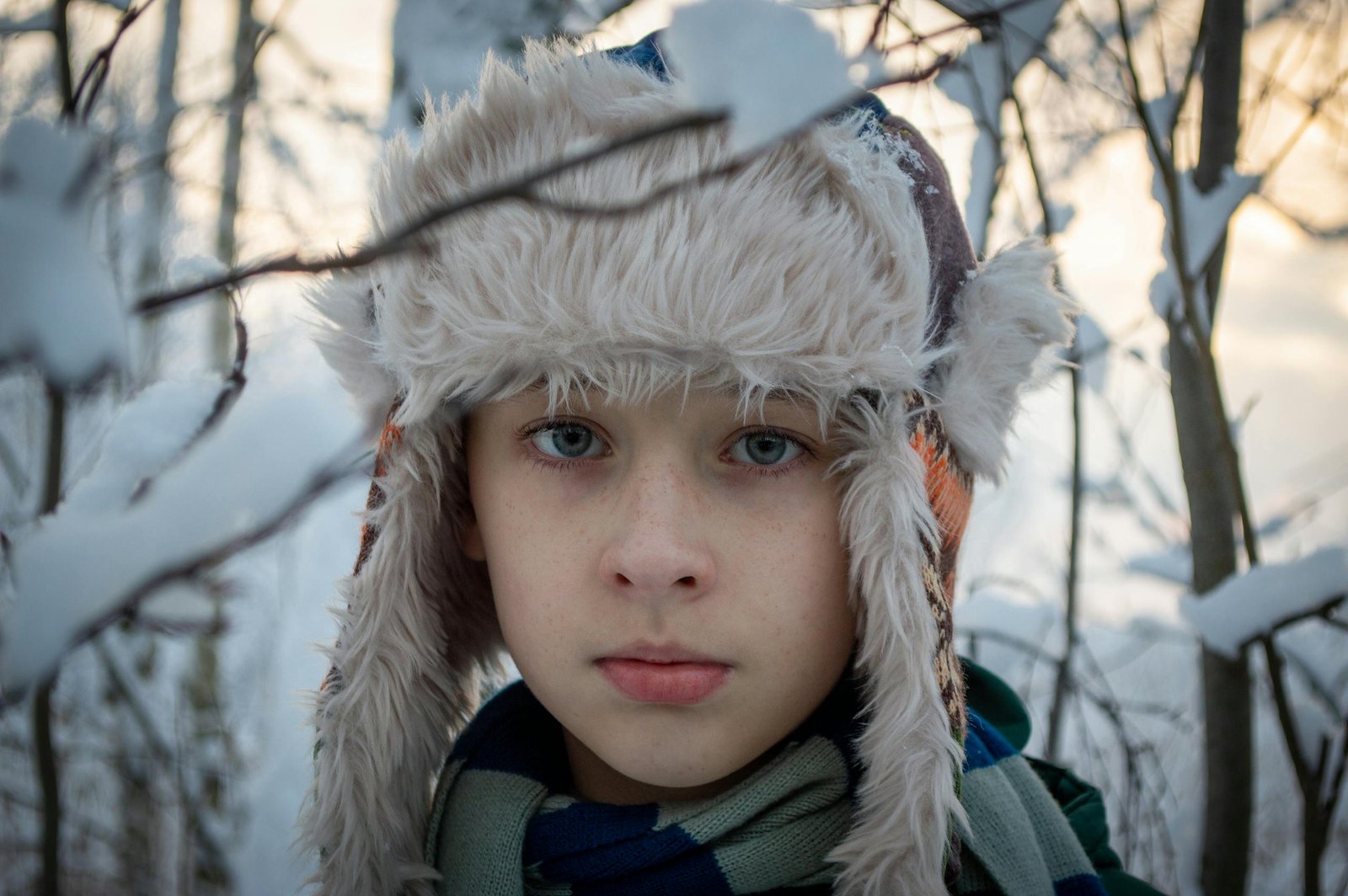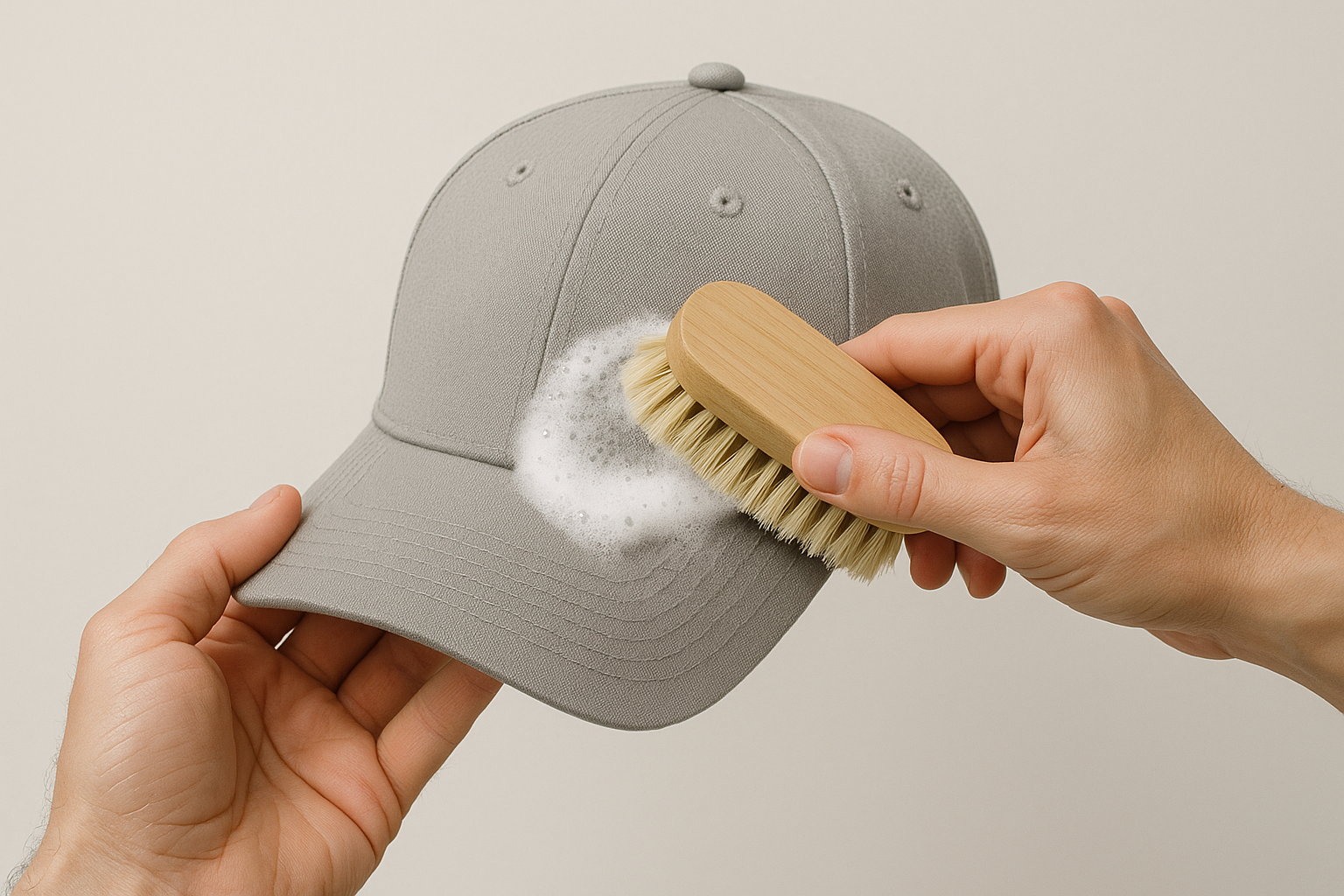You wear a hat to protect your scalp from the sun, to stay warm, or simply to complete your style—but could this everyday accessory be secretly harming your hair? Many people wonder if their favorite cap is the culprit behind thinning hairlines or unexpected shedding. In this article, we’ll uncover the truth behind the connection between hats and hair loss, debunk common myths, and explore what really affects your hair health.

Does Wearing a Hat Lead to Baldness?
It’s a common belief: wear a hat too often, and you might end up bald. But is there any truth to this claim? While hats can sometimes trap sweat and oil on the scalp, they are not a direct cause of baldness. In fact, the connection between wearing hats and hair loss is largely misunderstood. To better understand whether hats truly pose a threat to your hair, it’s essential to first look at how hair loss actually works.

Understanding Hair Loss: Causes and Types
Hair loss is a natural part of life, and everyone sheds between 50 to 100 hairs a day. But when shedding becomes excessive or permanent, it’s usually linked to underlying factors—not your favorite baseball cap.
The Natural Hair Growth Cycle: Anagen, Catagen, and Telogen
Hair goes through a continuous cycle of growth.
•Anagen (growth phase): Lasts several years and determines hair length.
•Catagen (transition phase): A short phase where hair growth slows.
•Telogen (resting phase): Hair rests and eventually falls out, making way for new strands.
Disruption in this cycle, not external pressure from hats, is what typically triggers hair loss.
Common Causes of Hair Loss: Genetics, Stress, Hormonal Changes, Medical Conditions
•Genetics: Male and female pattern baldness are hereditary and the most common causes of hair loss.
•Stress: Physical or emotional stress can push hair into the telogen phase prematurely.
•Hormonal changes: Conditions like pregnancy, menopause, or thyroid imbalance can affect hair growth.
•Medical issues: Autoimmune diseases, scalp infections, or nutritional deficiencies can also lead to noticeable hair thinning.
Types of Hair Loss: Androgenetic Alopecia, Traction Alopecia, Alopecia Areata
•Androgenetic Alopecia (pattern baldness): A genetic condition influenced by hormones, leading to gradual thinning.
•Traction Alopecia: Caused by constant tension on the hair—think tight ponytails or heavy braiding—not hats, unless worn extremely tight for long periods.
•Alopecia Areata: An autoimmune condition where the immune system mistakenly attacks hair follicles, resulting in patchy loss.
What Does Science Say About “Wearing Hats Causes Hair Loss”?
While the idea that hats cause hair loss persists in popular culture, scientific research tells a different story. Wearing a hat does not directly cause hair to fall out or lead to baldness. However, certain related habits and conditions—such as poor hygiene, tight-fitting hats, and scalp irritation—can contribute to hair health problems over time.
Poor Hygiene Habits: Dirty Hats and Scalp Infections
Wearing the same hat repeatedly without cleaning it can create an environment where bacteria and fungi thrive. Sweat, oil, and dirt trapped in the fabric may lead to scalp infections, folliculitis (inflamed hair follicles), or dandruff—all of which can interfere with healthy hair growth. While this won’t necessarily cause permanent hair loss, chronic scalp irritation can weaken follicles and exacerbate existing issues.
Tight Hats and Friction: The Risk of Traction Alopecia
Hats that fit too tightly or create repeated friction on the same areas of the scalp can lead to a condition known as traction alopecia. This form of hair loss is caused by continuous pulling or pressure on the hair shafts. Although more common in hairstyles like tight ponytails or braids, a very tight hat worn frequently over long periods could, in theory, contribute to localized hair thinning—especially around the hairline.

Sweat and Oil Buildup: Impact on Scalp Health
When you wear a hat for extended periods, especially during workouts or in hot climates, sweat and oil can build up under the hat. This doesn’t directly cause hair loss, but it can clog hair follicles, increase dandruff, and irritate the scalp. An unhealthy scalp environment may weaken hair roots and slow down the natural growth cycle, making hair appear thinner or less vibrant over time.
The Link Between Hats and Hair Loss
So, is there really a connection between wearing hats and losing your hair? The answer is more nuanced than a simple yes or no. While hats themselves don’t cause permanent hair loss, the way they are worn and cared for can play a role in overall scalp health. For example, constantly wearing tight hats, neglecting to wash them, or trapping sweat and bacteria against the scalp can indirectly contribute to issues like folliculitis or traction alopecia. However, for most people, wearing a hat is safe and has no significant impact on hair thickness or density—especially when combined with good hygiene and scalp care.
How Choosing the Right Hat Can Prevent Thinning or Damaged Hair
Wearing hats can actually protect your hair—if chosen and used properly. Here’s how:
•Choose breathable materials
Opt for fabrics like cotton or moisture-wicking performance materials to reduce sweat buildup and minimize scalp irritation.

•Avoid overly tight hats
Tight hats can create constant tension on the hairline, increasing the risk of friction-related hair thinning or traction alopecia.
•Go for adjustable or loose-fitting styles
Hats that don’t press tightly against the scalp are generally more comfortable and hair-friendly.
•Clean your hats regularly
Washing your hats helps prevent the buildup of oil, dirt, and bacteria that can clog hair follicles and lead to scalp issues.
•Balance style with scalp health
A well-fitting, clean, and breathable hat offers both aesthetic appeal and protective benefits without harming your hair.
FAQ
Does wearing a hat cause male pattern baldness?
No. Male pattern baldness is primarily caused by genetics and hormones, not hats.
Can wearing a hat damage hair follicles?
Only if the hat is extremely tight or unclean. Regular hats do not damage follicles.
Does wearing a hat increase the risk of hair loss in men?
There’s no strong evidence that hats increase hair loss risk in men. The main cause remains genetic.
Can hats damage your hair?
Tight or dirty hats may cause friction or scalp irritation, but normal wear does not harm hair.
Can wearing a hat lead to thinning hair?
Not directly. Poor hygiene, tight fit, and heat buildup can contribute to scalp issues that may affect hair over time.
What type of hat is best to prevent thinning hair?
Choose breathable, adjustable hats made of soft fabrics like cotton or performance mesh to protect your scalp and hair.
Is a skullcap a good choice to prevent thinning hair?
Not ideal. Skullcaps can trap sweat and create tension if worn too tightly for long periods.
Can sweating under a hat cause hair loss?
Excessive sweat may irritate the scalp if not cleaned properly, but it doesn’t directly cause hair loss.
Are snug hats worse than loose hats?
Yes. Snug hats can increase tension on the scalp and hairline, potentially leading to traction-related hair issues.
Is it okay to wear a hat every day?
Yes—if the hat is clean, breathable, and not too tight. Daily hat use is safe with proper scalp care.




